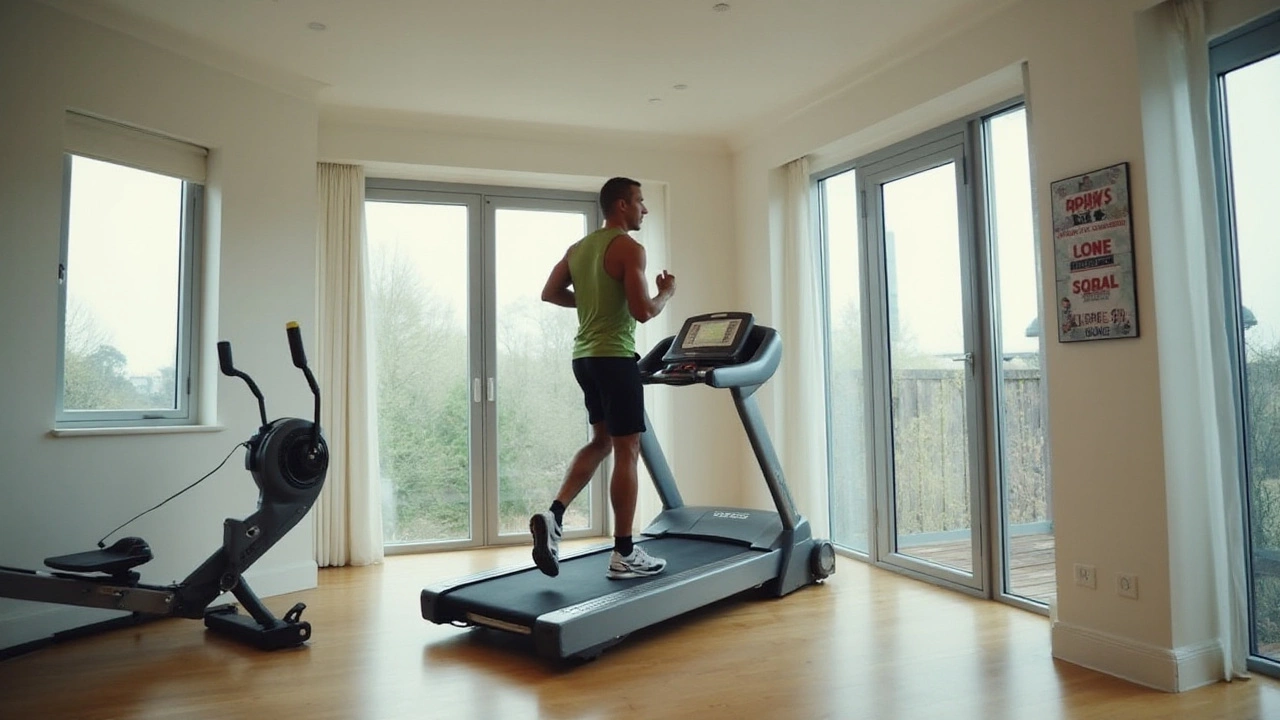Home Gym Essentials: Build, Equip, and Train Right at Home
Thinking about turning a spare room or balcony into a personal workout zone? You don’t need a pricey commercial space—just the right basics and a plan. Below you’ll find the must‑have gear, smart setup tips, and how long you should actually train to see results.
Pick the Right Equipment for Beginners
Start with equipment that covers most moves without taking up a lot of floor. A set of adjustable dumbbells lets you swap weights in seconds, so you can progress without buying new gear. Add a sturdy bench – it’s cheap, versatile, and works for presses, step‑ups, and seated rows.
If you have a bit more budget, a compact resistance band kit gives you extra challenge for hips, shoulders, and back. For cardio, a fold‑up treadmill or a jump rope costs less than a gym membership and fits under a bed when you’re done.
Remember the rule: each piece should let you do at least three different exercises. That keeps the space tidy and the workout varied.
Plan Your Workout Length and Frequency
How long should a gym session be? Most studies show 45‑60 minutes is the sweet spot for most goals. Anything under 30 minutes often lacks enough volume, while over 90 minutes can lead to overtraining, especially if you’re new.
Structure a session like this: 5‑10 minutes warm‑up (jump rope or dynamic stretches), 30‑40 minutes strength work (compound moves like squats, presses, rows), and a 5‑10 minute cool‑down. If you’re short on time, supersets or circuit training can squeeze the same benefit into 30 minutes.
Aim for three to four sessions a week. Consistency beats intensity when you’re just starting. On off days, light activity like a walk or yoga keeps blood flowing without taxing muscles.
Now that you know what to buy and how long to train, let’s talk layout. Clear a space at least 3 by 3 meters so you can move freely. Place the bench against a wall, keep dumbbells on a rack, and store bands on hooks. Good lighting and a mirror help you check form – simple upgrades that pay off big.
Finally, keep motivation high by setting tiny goals. Want to add 5 lb to your dumbbells in a month? Write it down, track weekly, and celebrate the win. Small wins stack up into major progress.
With the right gear, a sensible session length, and a clutter‑free zone, your home gym will become a place you actually look forward to. No excuses, just results.
